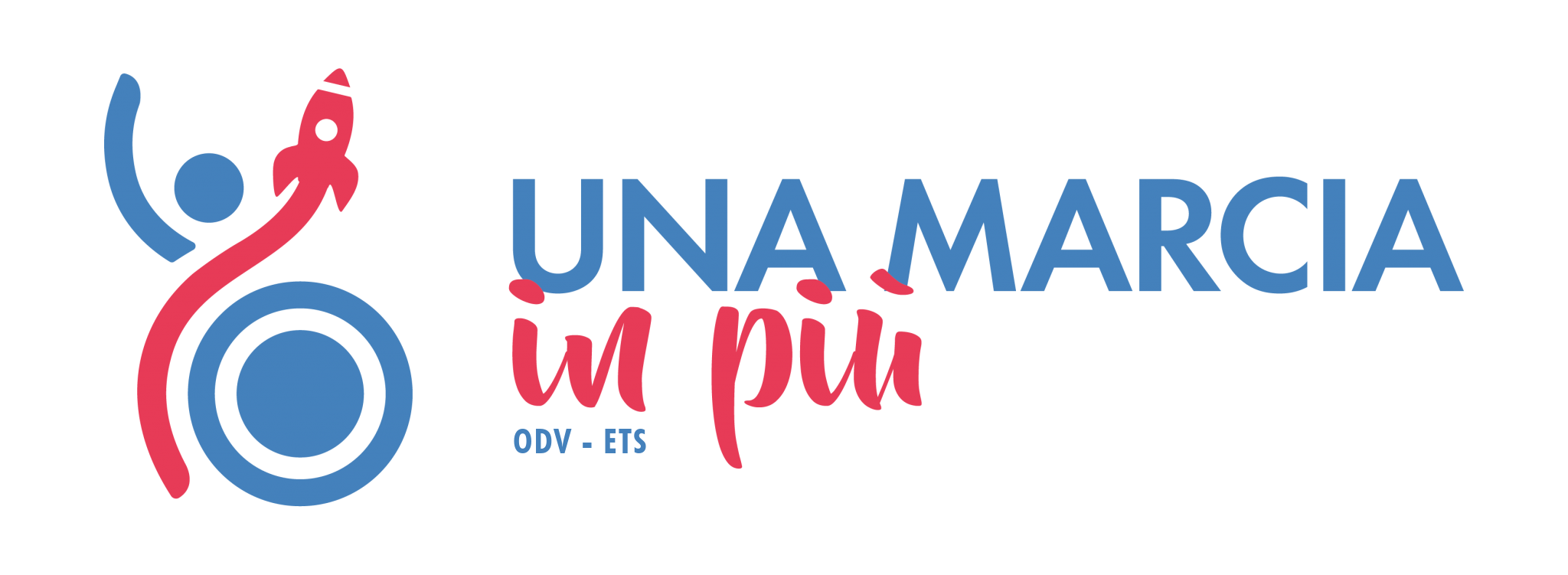The main thing to understand in managerial accounting is the difference between revenues and profits. Since the expenses are greater than the revenues, these products great a loss—not a profit. If the stock is trading at $190 per share, the call owner buys Apple at $170 and sells the securities at the $190 market price. The profit is $190 minus the $175 breakeven price, or $15 per share. Alternatively, the break-even point can also be calculated by dividing the fixed costs by the contribution margin.
In effect, the insights derived from performing break-even analysis enables a company’s management team to set more concrete sales goals since a specific number to target was determined. Businesses share the similar core objective of eventually becoming profitable in order to continue operating. Otherwise, the business will need to wind-down since the current business model is not sustainable.
Free Financial Modeling Lessons
Options traders also use the technique to figure out what price level the underlying how to handle customer complaints the right way price must be for a trade so that it expires in the money. A breakeven point calculation is often done by also including the costs of any fees, commissions, taxes, and in some cases, the effects of inflation. The breakeven point is important because it identifies the minimum sales volume needed to cover all costs, ensuring no losses are incurred.
Decisions you can make from break-even analysis
This point is also known as the minimum point of production when total costs are recovered. At the break-even point, the total cost and selling price are equal, and the firm neither gains nor losses. Calculating breakeven points can be used when talking about a business or with traders in the market when they consider recouping losses or some initial outlay.
Fortunately, you can answer this question by calculating your break-even point. Changing industry regulations or compliance requirements might force you to change operations or invest in different technology or infrastructure. These costs can add to your overall expenses, pushing your break-even point further out. This means the startup would need to sell 750 subscriptions each month to break even. Once the startup exceeds this number, every additional subscription sold contributes straight to profit.
Create a Free Account and Ask Any Financial Question
A company then needs to produce more of its products to meet this new demand which, in turn, raises the break-even point in order to cover the extra expenses. Break-even analysis is often a component of sensitivity analysis and scenario analysis performed in financial modeling. Using Goal Seek purchased transportation in Excel, an analyst can backsolve how many units need to be sold, at what price, and at what cost to break even. By looking at each component individually, you can start to ask yourself critical questions about your pricing and costs. It’s all about understanding when your sales will finally cover total costs.
Calculating the breakeven point is a key financial analysis tool used by business owners. Once you know the fixed and variable costs for the product your business produces or a good approximation of them, you can use that information to calculate your company’s breakeven point. Small business owners can use the calculation to determine how many product units they need to sell at a given price point to break even.
Break-Even Point in Units
- Your fixed costs (or fixed expenses) are the expenses that don’t change with your sales volume.
- The break-even formula in sales dollars is calculated by multiplying the price of each unit by the answer from our first equation.
- The contribution margin represents the revenue required to cover a business’ fixed costs and contribute to its profit.
- If you’re a latecomer to a market, there might be too much supply, and you might not be able to break even without economies of scale.
- In contrast to fixed costs, variable costs increase (or decrease) based on the number of units sold.
The purpose of the break-even analysis formula is to calculate the amount of sales that equates revenues to expenses and the amount of excess revenues, also known as profits, after the fixed and variable costs are met. Let’s take a look at a few of them as well as an example of how to calculate break-even point. Break-even analysis helps businesses choose pricing strategies, and manage costs and operations. In stock and options trading, break-even analysis helps determine the minimum price movements required to cover trading costs and make a profit. Traders can use break-even analysis to set realistic profit targets, manage risk, and make informed trading decisions. Break-even analysis compares income from sales to the fixed costs of doing business.
So, after deducting $10.00 from $20.00, the contribution margin comes out to $10.00. Break-even analysis in economics, business, and cost accounting refers to the point at which total costs and total revenue are equal. A break-even point analysis is used to determine the number of units or dollars of revenue needed to cover total costs (fixed and variable costs). For instance, if management decided to increase the sales price of the couches in our example by $50, it would have a drastic impact on the number of units required to sell before profitability. They can also change the variable costs for each unit by adding more automation to the production process. Lower variable costs equate to greater profits per unit and reduce the total number that must be produced.
As you can see, the Barbara’s factory will have to sell at least 2,500 units in order to cover it’s fixed and variable costs. Anything it sells after the 2,500 mark will go straight to the CM since the fixed costs are already covered. When companies calculate the BEP, they identify the amount of sales required to cover all fixed costs before profit generation can begin. The break-even point formula can determine the BEP in product units or sales dollars. Assume a company has $1 million in fixed costs and a gross margin of 37%. In this breakeven point example, the company must generate $2.7 million in revenue to cover its fixed and variable costs.
At that breakeven price, the homeowner would exactly break even, neither making nor losing any money. Therefore, PQR Ltd has to sell 1,000 pizzas in a month in order to break even. However, PQR is selling 1,500 pizzas monthly, which is higher than the break-even quantity, which indicates that the company is making a profit at the current level. For example, if the economy is in a recession, your sales might drop.
The formula for break-even point (BEP) is very simple and calculation for the same is done by dividing the total fixed costs of production by the contribution margin per unit of product manufactured. Therefore, given the fixed costs, variable costs, and selling price of the water bottles, Company A would need to sell 10,000 units of water bottles to break even. To find your variable costs per unit, start by finding your total cost of goods sold in a month. If you have any other costs tied to the products you sell—like payments to a contractor to complete a job—add them to your cost of goods sold to find your total variable costs. Break-even analysis assumes that the fixed and variable costs remain constant over time.
Interpretation of Break-Even Analysis
The Break-Even Point (BEP) is the inflection point at which the revenue output of a company is equal to its total costs and starts to generate a profit. If your price is too high, you might be falling short of your break-even point because customers won’t buy at that price. Lowering your selling price will increase the sales needed to break even. But this can be offset by the increased volume of purchases from new customers. Maggie also pays $800 a month on rent, $200 in utilities, and collects a monthly salary of $1,500.
If you find yourself falling short of your break-even point month over month and feel like you can’t change your prices, lowering your fixed costs can be a solution. Your variable costs (or variable expenses) are the expenses that do change with your sales volume. This is the price of raw materials, labor, and distribution for the goods or service you sell. For a coffee shop, the variable costs would be the beans, cups, sleeves, and labor used to produce one cup of coffee. First we take the desired dollar amount of profit and divide it by the contribution margin per unit. The computes the number of units we need to sell in order to produce the profit without taking in consideration the fixed costs.

